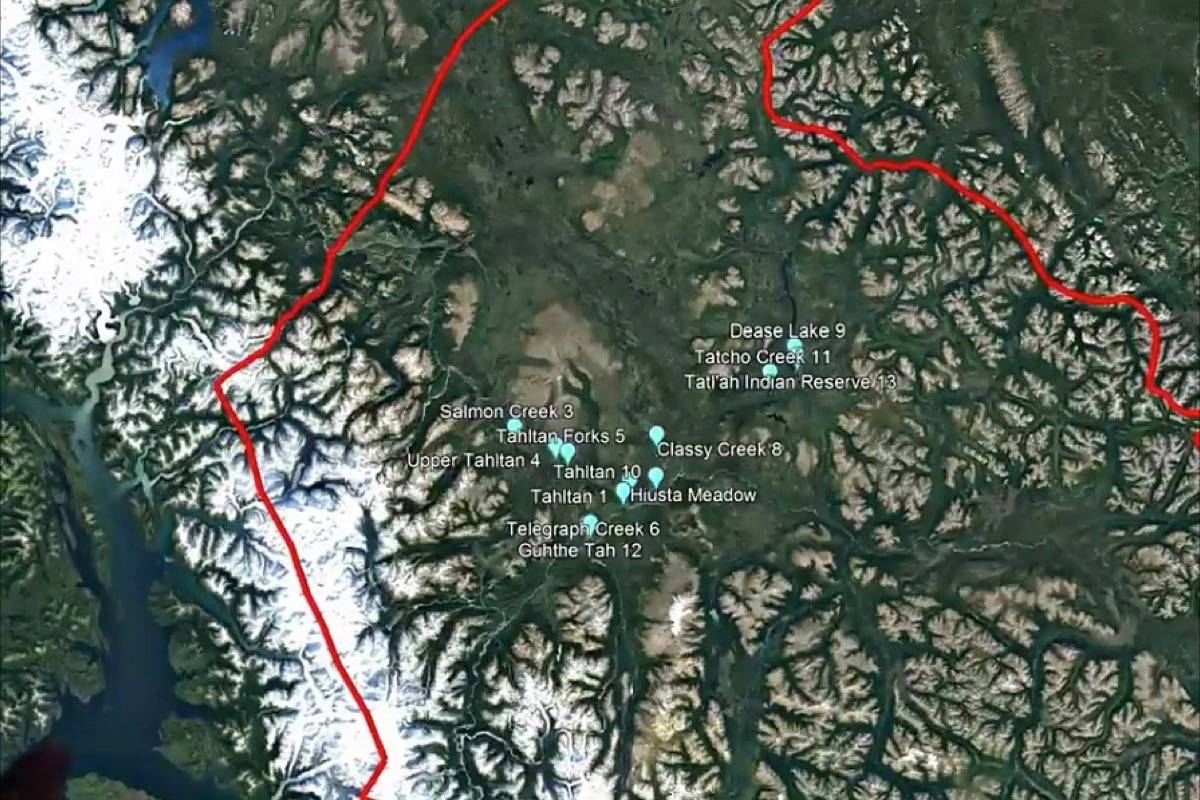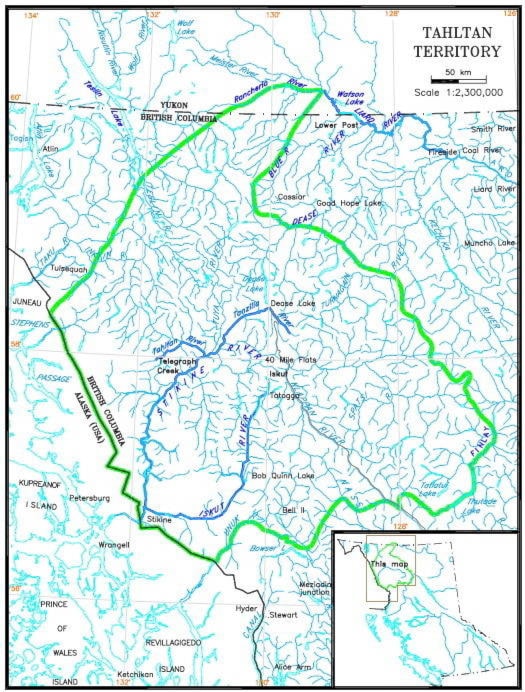Members of the Tahltan Band across B.C. narrowly voted down the Tahltan Band Land Code agreement last week.
The vote counted 208 people against and 201 in favour, which would have given the band full responsibility over their reserve lands around Dease Lake and Telegraph Creek.
The land code would have also put all the environmental costs and responsibility on the band for the small pockets of reserve land within their territory.
With that, they would have received $204,536 from the federal government for land management, and $75,000 for transitional and environmental funding in 2017-2018. There would be ongoing annual funding determined, based on a federal formula.
One of the reasons for the thin majority against the code was confusion about the implications.
Speaking prior to the vote, a Dease Lake Tahltan member Lillian Campbell said she and a group of others voted against because they felt it was rushed, ill-explained and poorly understand.
READ MORE: Tahltan vote on Iskut Land Code to take control of reserve lands
Gayleen Day, a Tahltan member originally from Telegraph Creek, confirmed the same early this week.
“People didn’t fully understand it,” she said, adding that it was confusing even for her, who recently finished a science degree and is accustomed to researching complex issues.
Part of the confusion arises because the land code is tied in with the Framework Agreement on First Nation Land Management.
The Framework Agreement was negotiated by 14 First Nations and Canada in 1996, later ratified in 1999, and allows First Nations to opt out of sections of the Indian Act by developing their own land codes. As of January 2016 in Canada, 95 First Nations operate under a land code or were in the midst of developing one, according to the Indigenous and Northern Affairs Canada website.
With many referrals to the framework agreement, voting in favour of the land code would have also ratified the 1999 federally-negotiated framework agreement, Day said. That that was a big concern for her, and because of it, her research to understand the land code meant investigating both documents simultaneously.
It was also made very clear that once a land code is passed, the band cannot go back, Day said, adding that it was a big risk.
Last week the Iskut Land Code was also up for vote by its members.
The agreements for the two separate bands were very similar in the amount of money the bands would receive for land management, determined by a federal formula in the framework agreement. Iskut have three reserves and the Tahltan have 13.
Both land codes were turned down, the Tahltan code due to a majority vote, but the Iskut code because not enough members voted.
Contrary to the Tahltan, the majority of the Iskut who did vote were in favour of the land code, with 114 people voting yes, and 65 voting no. Yet since the Iskut did not meet the threshold number of voters, the code was turned down.
Please note that a prior version of this story confused the Iskut and Tahltan land codes and votes, but that has been corrected here.
jackie@terracestandard.com
Like us on Facebook and follow us on Twitter

